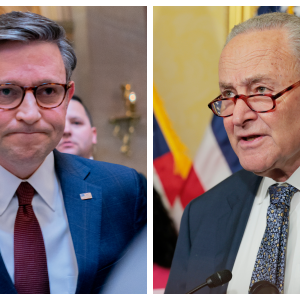The Trump administration has unveiled a new federal initiative known as the “deferred resignation program,” aiming to reduce the size of the civilian workforce by offering nearly two million federal employees full pay and benefits through September if they agree to resign by February 6. This buyout program is intended as a cost-saving measure and a strategic effort to encourage a greater return to in-person work, reflecting broader goals to reshape and modernize the federal government’s operations.
Currently, just around 6% of federal workers in Washington, D.C., are reported to be working on-site, a figure that the administration sees as detrimental to productivity and oversight. By incentivizing voluntary resignations, officials hope to address attendance issues and create a workforce better aligned with their vision of operational efficiency. The program represents a bold move to realign federal employment practices in a post-pandemic world, where remote work has become commonplace but viewed with skepticism by leadership.
White House Press Secretary Karoline Leavitt has firmly rejected allegations that the deferred resignation program is a political purge aimed at targeting employees based on ideology or loyalty. She stressed that the initiative is solely focused on reducing government expenditures and improving workforce effectiveness, not on removing individuals for partisan reasons. This defense seeks to quell concerns about politicization within the federal workforce amid a highly charged political environment.
Proponents of the program argue that it offers a voluntary, dignified exit for employees who may be underperforming or reluctant to return to office settings. Supporters see this as a necessary reform to rejuvenate the public sector with a more dynamic, accountable workforce. They believe that by enabling such voluntary buyouts, the government can better adapt to changing work cultures while managing costs and increasing overall productivity.
Opponents, including labor unions and employee advocacy groups, warn that the program risks destabilizing essential government functions by encouraging experienced and knowledgeable staff to leave prematurely. Critics fear that this could erode institutional memory and weaken the government’s capacity to deliver vital public services effectively. They caution that the buyout may disproportionately affect long-serving employees, ultimately impacting workforce morale and the quality of federal service.
As debates continue over the program’s merits and risks, its implementation could have far-reaching implications for the future of federal employment. It raises fundamental questions about how to balance efficiency and fiscal responsibility with the need to maintain a capable, motivated, and well-supported government workforce. The outcome will likely shape federal personnel policies for years to come and influence how public service adapts to evolving workplace expectations.





